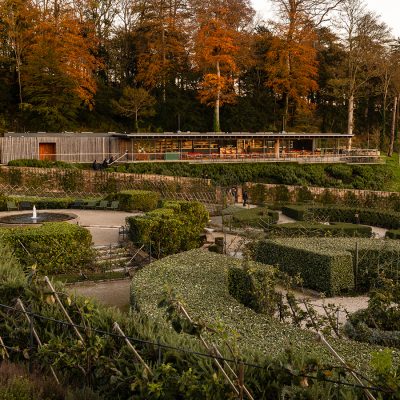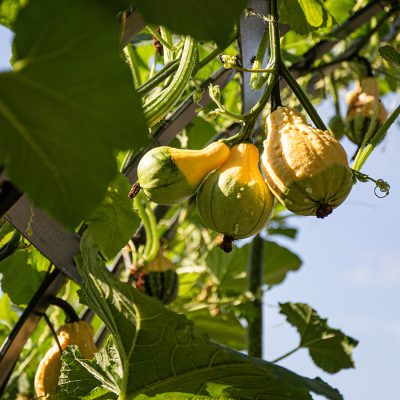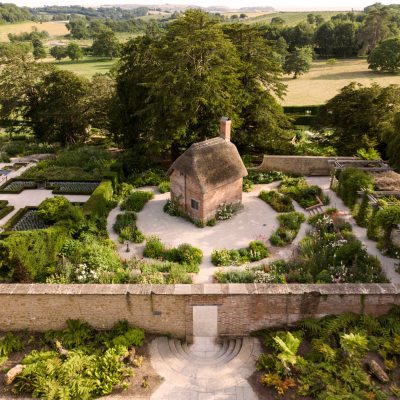Yule: Winter Solstice
December 21st, 202021 December is Yule, or Winter Solstice – the shortest day and longest night of the year. An astronomical point in the bleak midwinter from which things start getting a little lighter. A fitting moment to bid farewell to a troubling 2020 and look to brighter days ahead.
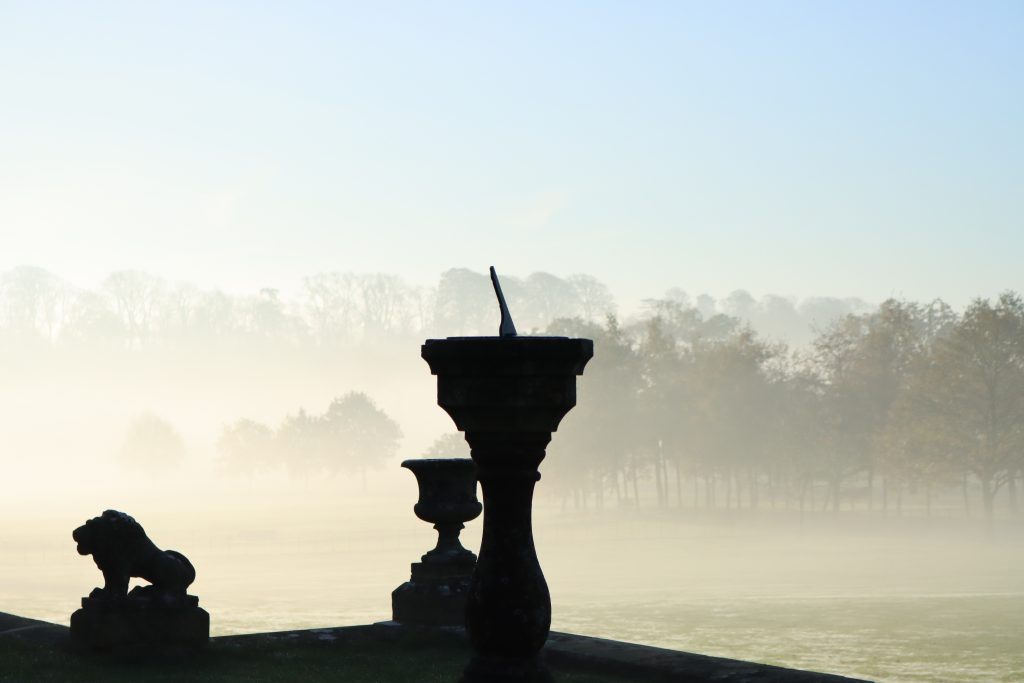
Did you know that the very roots of Christmas can be traced back long before Christianity to Winter Solstice – one of the world’s oldest celebrations?
Seasons have always played an important role in our lives, with ancient peoples worshipping the sun. The word ‘Yule’ is thought to come from the Norsemen of Northern Europe, who viewed the sun as a moving wheel or ‘houl’ and marked Winter Solstice with ‘Jól’ – a festival of lighting fire and drinking ale. Etymologists believe this is also the origin of the English word ‘jolly’.
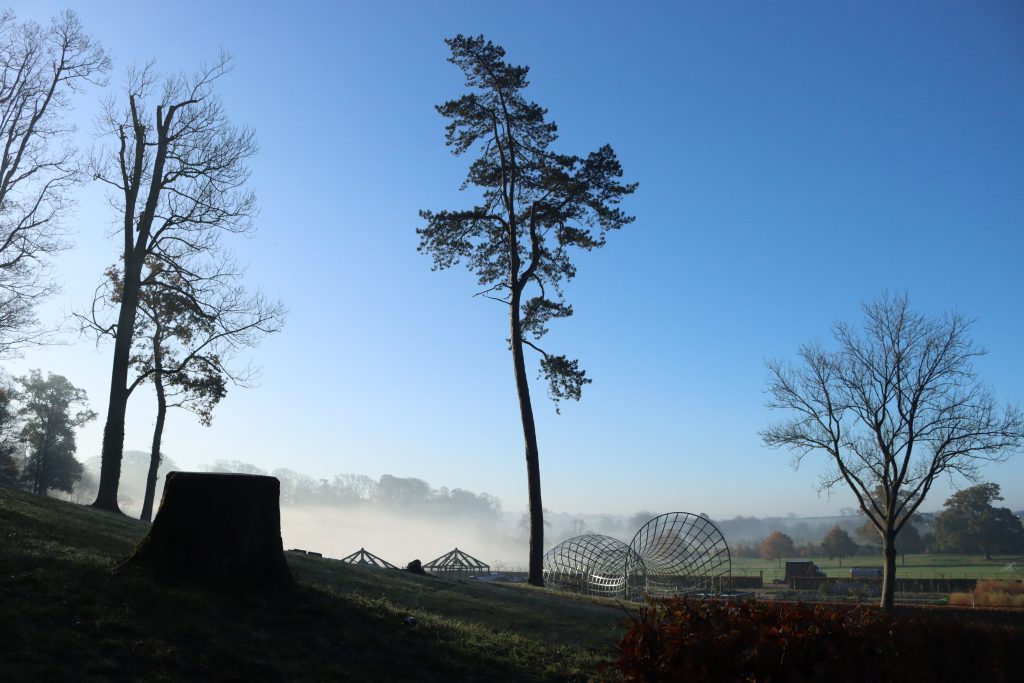
In Britain, the ancient Celts heralded Yule, or Alban Arthuan, as the most meaningful time of the year; a celebration of renewal. Honouring the power of darkness while greeting the life-giving sun. Leaving the past and welcoming the present.
In fact, we can thank Druids (Celtic priests) for quite a few festive traditions we still use today. They would gather mistletoe that grew on oak trees, thought to be sacred, to give to others as a blessing for good health. Holly and other evergreens were brought inside to keep evil spirits at bay. Trees were adorned with symbols of solar objects, gifts to Celtic gods and goddesses. Believing that the sun stood still for 12 days in midwinter, they would keep a fire burning to bring good luck – with each villager adding a Yule Log to the flames.
In honour of our Druid forebears, we’re dedicating this penultimate 2020 issue of Newt News to the Druid that lives in our own woods. And wishing you a Yuletide filled with blessings, good food and good times.
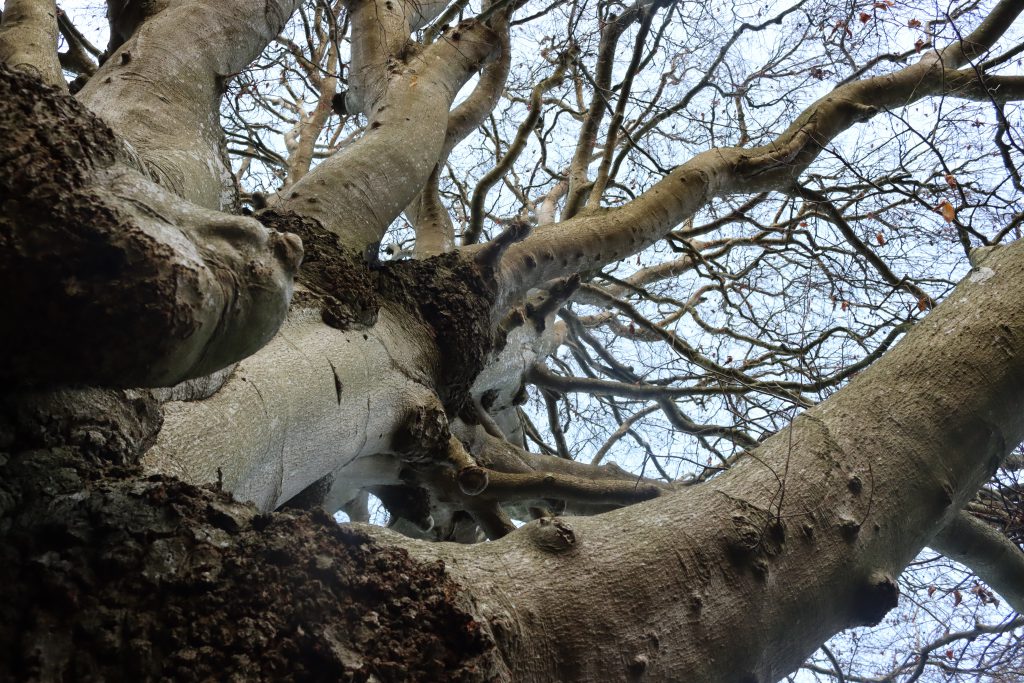
An Audience with our Druid Tree
Discover more about one of most beloved trees, which takes residence in the woodland within the Deer Park.
- The Druids believed the oak tree was King of the woods, and beech the Queen.
- Our Queen, affectionately named the Druid Tree, is more than 350 years old.
- In Celtic mythology, beech was thought to have medicinal properties. Its leaves were boiled and used to relieve swellings.
- Beech trees prefer rich soil and take many years to establish, making them happiest in forest environments.
- Soldiers used to carve their initials into the grey bark of beech, as they would grow in size along with the tree. Ours features the initials of Somerset lovers.
- Our Druid Tree was probably pollarded early in its life, to increase its leaf and nut production to provide fodder for livestock.
- It has layered itself. Look closely and you’ll see that where a branch touches the ground, it sprouts roots that form a conjoining tree.
CHRISTMAS OPENING HOURS
Our gardens, tours, restaurants, shops and The Story of Gardening are open for you to visit every day except Christmas Day, 9.30am-4.30pm. The Enchanted Treasure Trail will run until 31 December 2020. The Druid Tree will be here, as she has always been.

